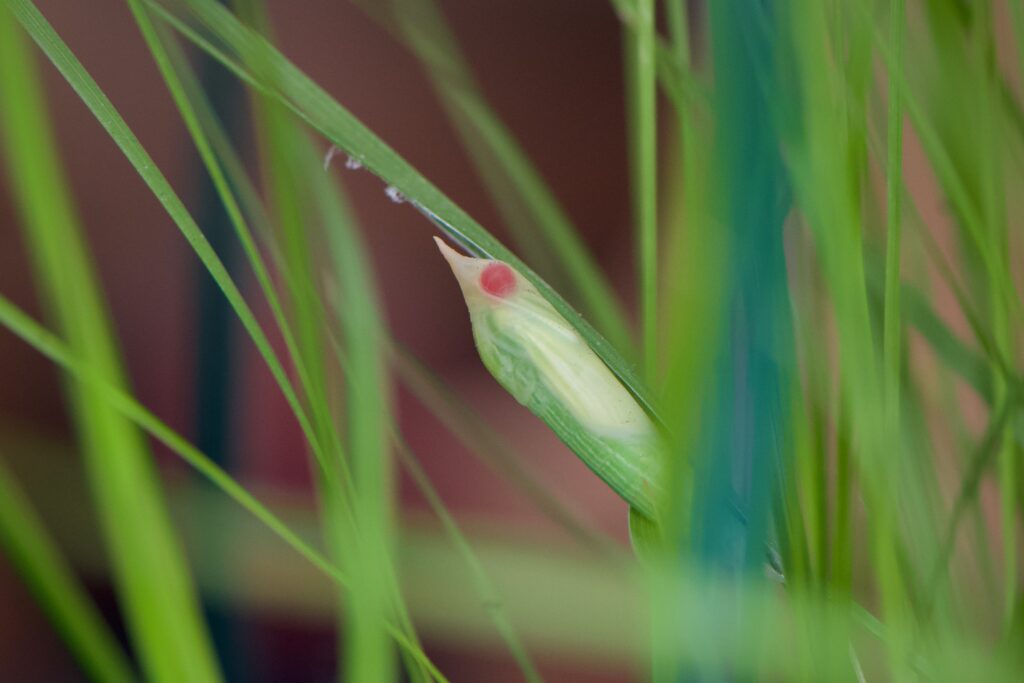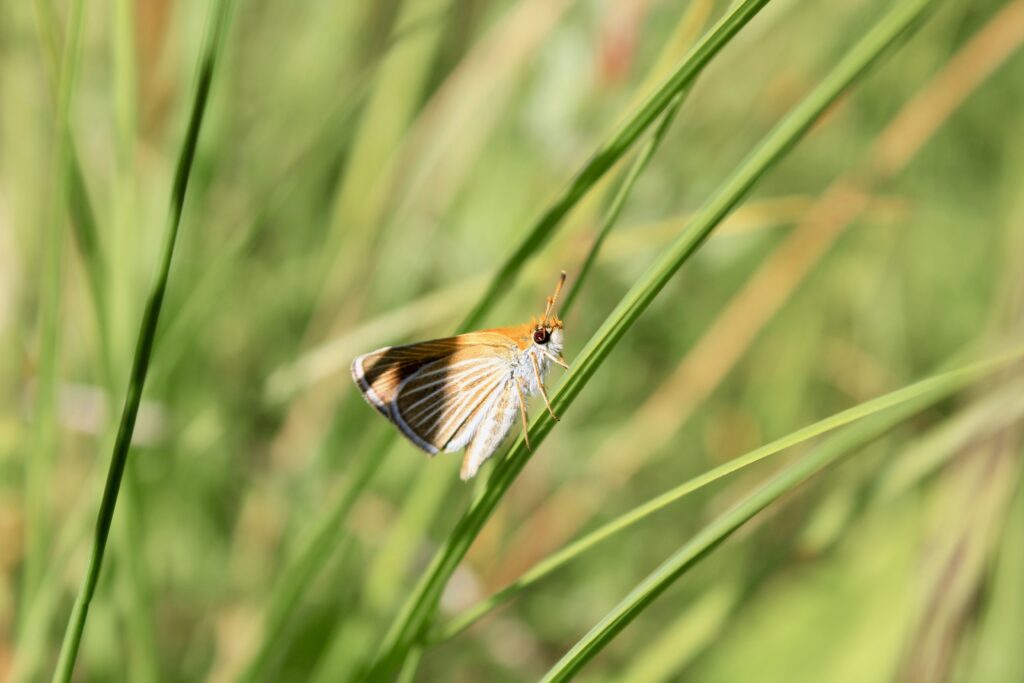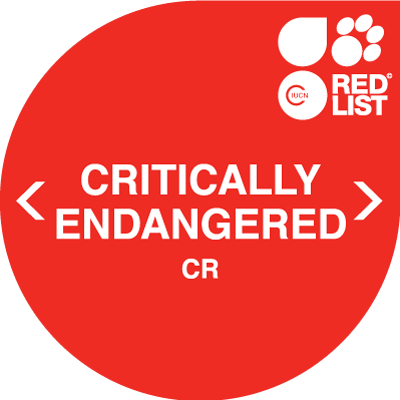Species Information
Learn a little bit more about the
Poweshiek skipperling.
The Poweshiek skipperling's predicament
The Poweshiek skipperling is one of the most imperiled butterfly species in North America and has declined by over 97% of its former range in recent decades.
General Biology
Poweshiek skipperlings are a tallgrass, mesic prairie specialist butterfly. As adults, Poweshiek skipperling have a 2.5cm wingspan and are orange/brown with silver-streaks on the veins of its wings. As these butterflies fly in short bursts between flowers, the light hits their wings, and they appear to sparkle among the towering stalks stems and grass blades. As larvae, their bright green, elongated bodies help them camouflage among the native grasses they eat.
Life Cycle
Poweshiek skipperlings have one generation per year. Adults eclose (emerge) in mid-summer to mate and lay eggs. After about six to ten days, eggs hatch and the larvae begin search for their preferred host grasses (prairie dropseed and others). In late fall, half-grown larvae enter winter diapause (hibernation) and begin feeding the following spring. By mid-June, the Poweshiek skipperlings pupate (become a chrysalis) and begin the cycle again when they become adults.

Why are they Endangered?
The primary threat to the Poweshiek skipperlings is habitat loss and habitat fragmentation. As a tallgrass prairie specialist butterfly, Poweshiek skipperlings have declined as only about 1% of North America’s prairie remain. In recent decades, Poweshiek skipperlings have begun vanishing from even the remaining protected prairie remnants. One of the primary roles of the PSIP is to collaboratively study and ameliorate these emergent threats. Pesticide drift, encroachment of invasive plant species and lack of compatible prairie management and likely other factors have likely continue to much of the range-wide decline.

How Can I Help?
Looking for ways to help the Poweshiek skipperling and other at-risk pollinators? There are many things you can do in your own backyard to make a difference and lend a hand, regardless of where you are.
- Plant for Pollinators. Choosing native flowers, grasses and sedges in your garden or yard provides critical habitat and resources for many pollinators and other wildlife. Check with a local garden store or extension office for recommendations on plants for your area.
- Avoid pesticide use. Chemical pesticides are a cause of pollinator decline and can hurt many other species of plants and animals.
- Raise awareness. Educate community members and stay up to date on issues impacting wildlife and the needs of threatened species in your area.
- Support. Lending time or money to organizations working on the conservation of endangered species is another way to impact these timely issues.

